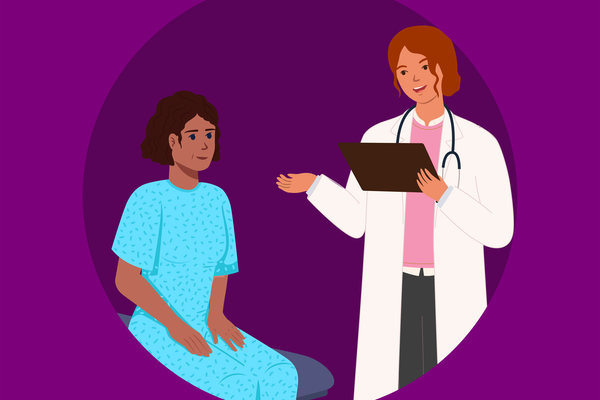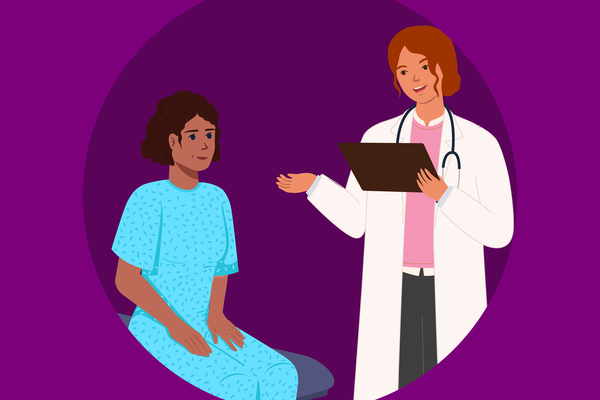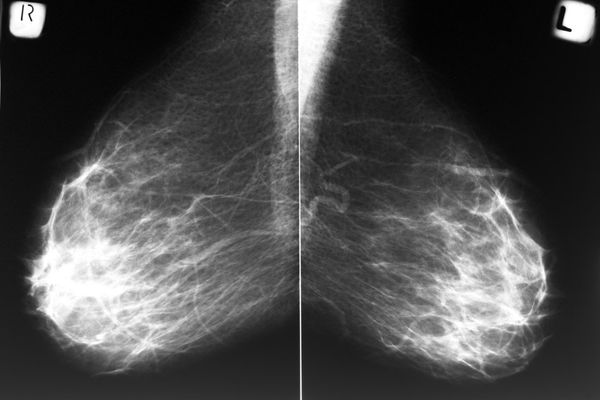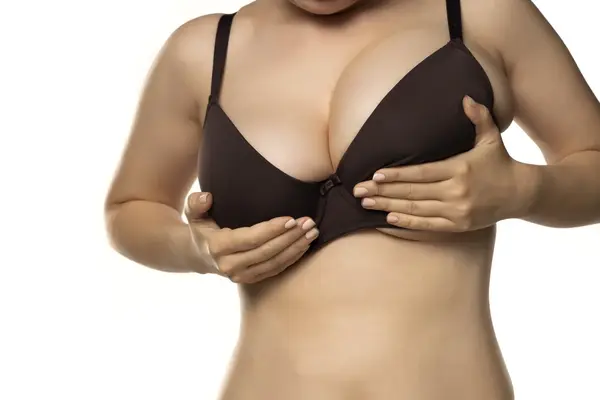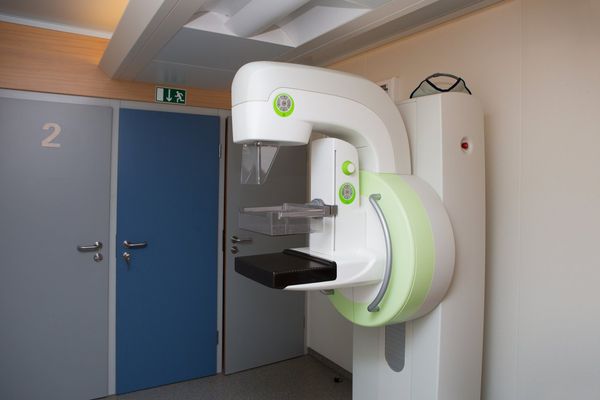Q:
Can a postmenopausal woman have more density in one breast than the other? What causes breasts to be "dense"?
A:
Breast density actually refers to how well a mammogram can "see" any potential cancers or precancerous conditions within your breasts. Your breasts are made up of fat, through which x-rays penetrate fairly well, and fibrous tissue, which x-rays don't penetrate that well. This fibrous tissue, which doesn't just occur in one breast but occurs bilaterally in both breasts, is called "radiodense," and it appears on the mammogram as a white area. This makes it very difficult to identify any tumors, which also appear as white.
This is important because we know that early detection of breast cancer results in better outcomes. We also know from numerous studies that denser breasts are associated with an increased risk in breast cancer. One study, for instance, found that every 15 to 10 percent increase in breast density increased the risk of breast cancer, while another found a 43 percent increase in breast cancer for every level of increased density. Yet another found a fivefold increased risk of breast cancer for women with 75 percent or higher density compared to women with less than 1 percent density. This increased risk is particularly high for Asian-American and African-American women, regardless of their weight.
It's most likely that the risk of cancer in women with dense breasts is higher because tumors are missed on screening mammograms, with one large study finding that breast density obscures the tumor even when a second, experienced radiologist read the film. It may also be that there is a connection between rapidly growing tumors and dense breasts, possibly from the action of growth factors in the fibrous tissue, which stimulates the tumors to grow very fast between one mammogram and the next.
We're fairly sure that fluctuating estrogen levels are the culprit behind dense breasts, particularly since premenopausal women (who have higher levels of estrogen) are more likely to have dense breasts than postmenopausal women. Also, postmenopausal hormone therapy can increase the density of a woman's breasts.
Plus, it seems that breast density changes during the menstrual cycle, becoming denser in the latter part of the cycle when estrogen levels are highest. Thus, if you have dense breasts, it's a good idea to schedule your mammogram during the first two weeks of their cycle.
If you have extremely dense breasts and you have other risks for breast cancer, or if you're just concerned, talk to your health care professional about having an ultrasound or MRI screening mammogram, which studies find can "see" through dense breast tissue just fine.
- Understand Your Density; Control Your Destiny. Take This Quiz ›
- How to Tell if You Have Dense Breasts ›
- Dense Breasts ›
- Do You Have Dense Breasts? Knowing Your Status Could Make a Difference in Your Breast Cancer Screening ›
- What You Should Know About Dense Breasts - HealthyWomen ›
- Lo que deberías saber sobre las mamas densas - HealthyWomen ›


